The Bill & Melinda Gates Foundation pledged $750 million to establish the Global Fund for Children’s Vaccines
On Nov. 23, 1999, the Bill & Melinda Gates Foundation pledged a gift of $750 million over five…
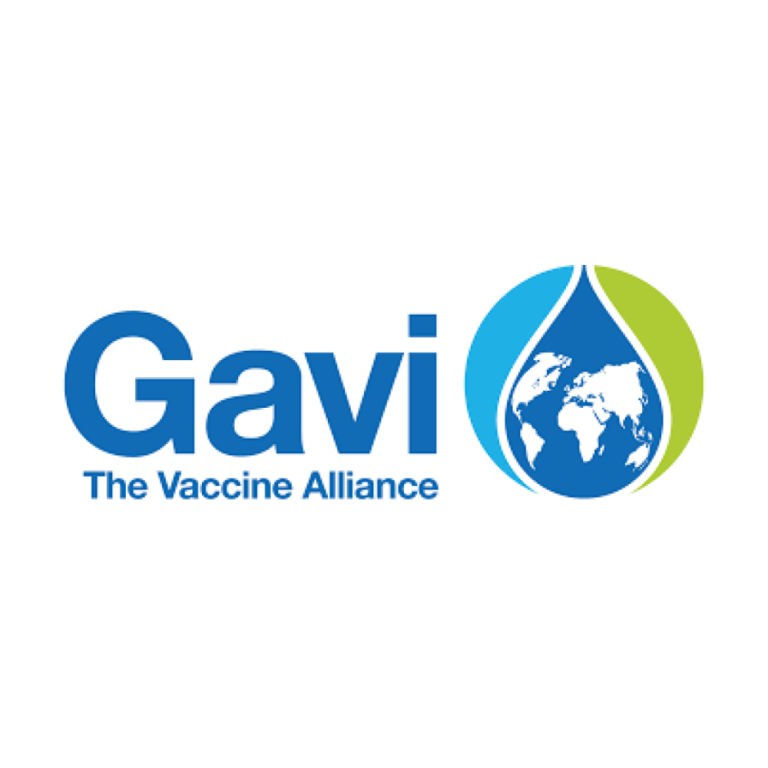
On Nov. 23, 1999, the Bill & Melinda Gates Foundation pledged a gift of $750 million over five…
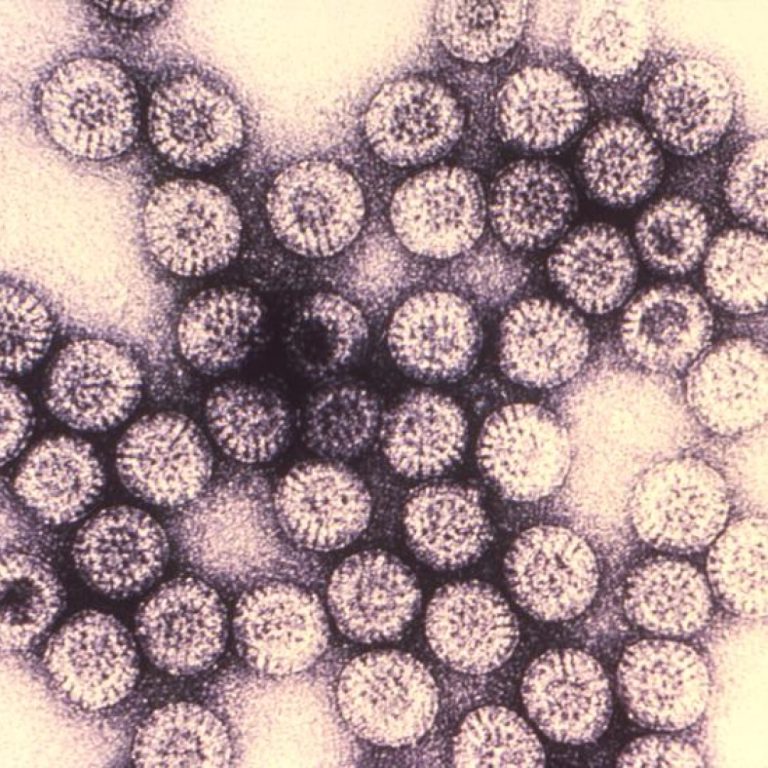
On Oct. 15, 1999, Wyeth-Lederle Vaccines announced that it was withdrawing the Rotashield vaccine from the market and…
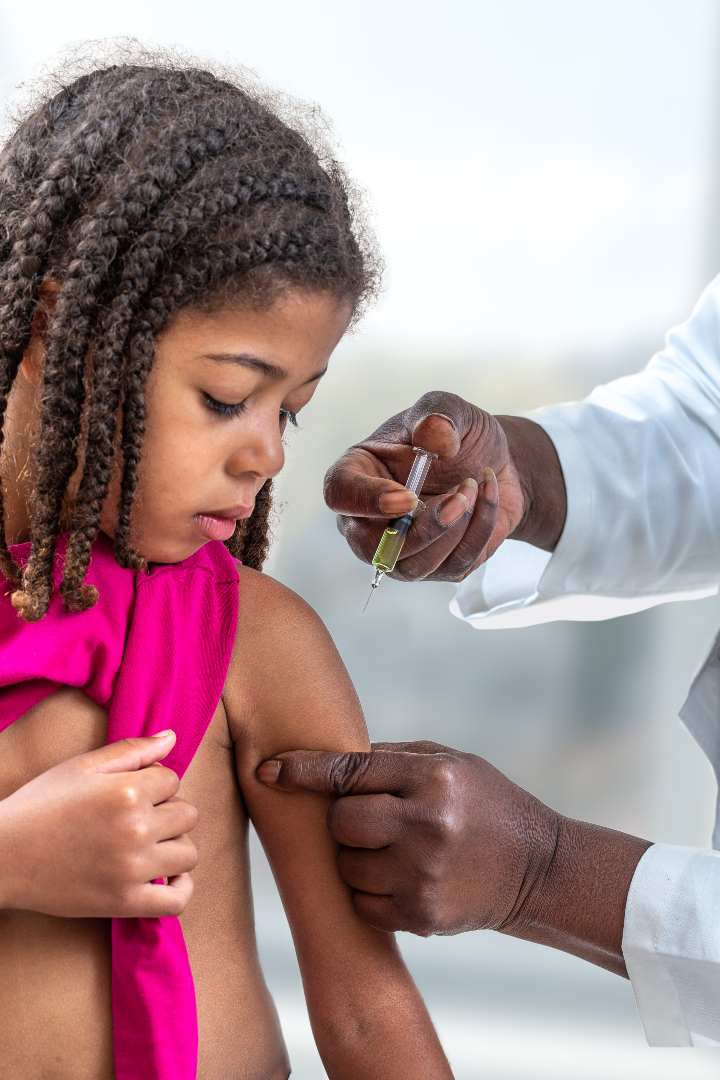
On Jun. 17, 1999, the U.S. Centers for Disease Control and Prevention’s (CDC) Immunization Practices Advisory Committee (ACIP)…
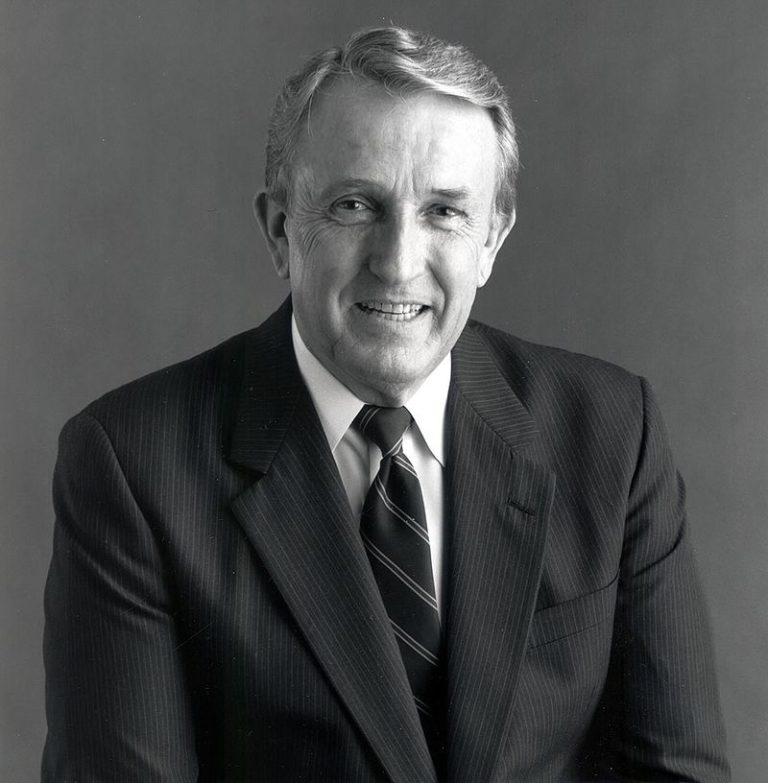
On Jun. 9, 1999, the Dale and Betty Bumpers Vaccine Research Center (VRC) was established at the National…
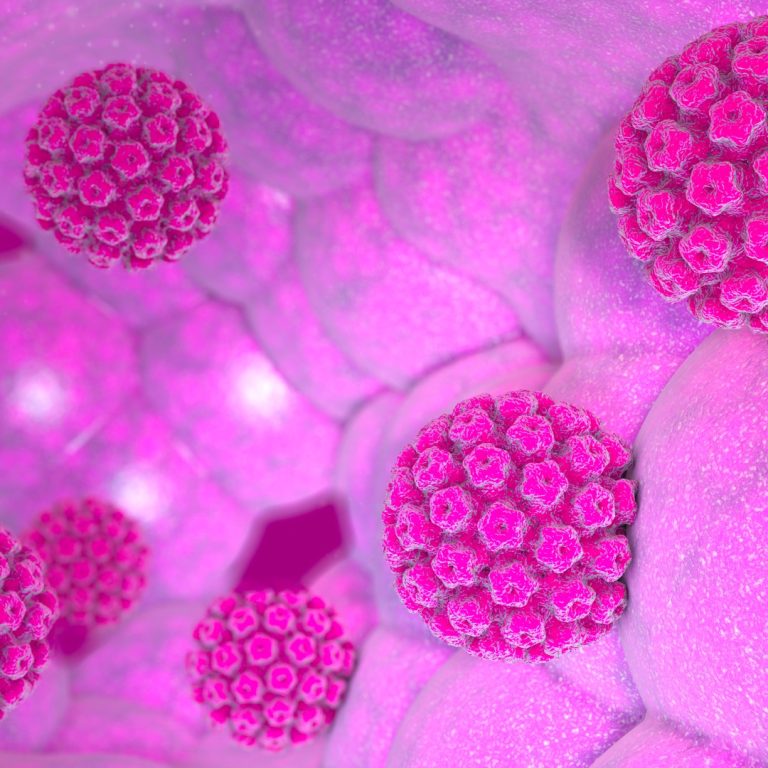
On Mar. 17, 1999, the Hybrid Capture II human papillomavirus (HPV) DNA test was approved by the U.S….
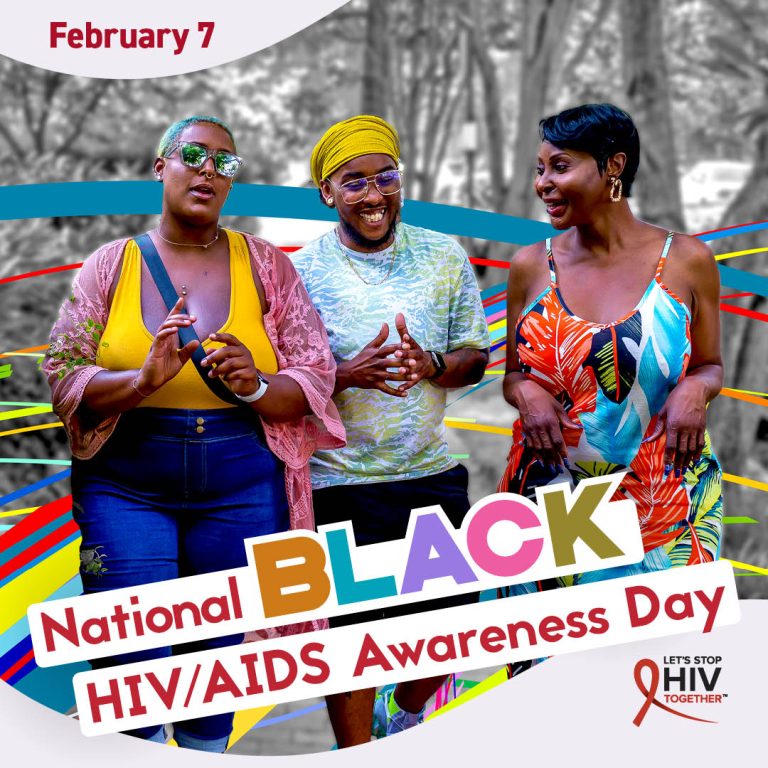
On Feb. 7, 1999, National Black HIV/AIDS Awareness Day was founded by five national organizations funded by the…
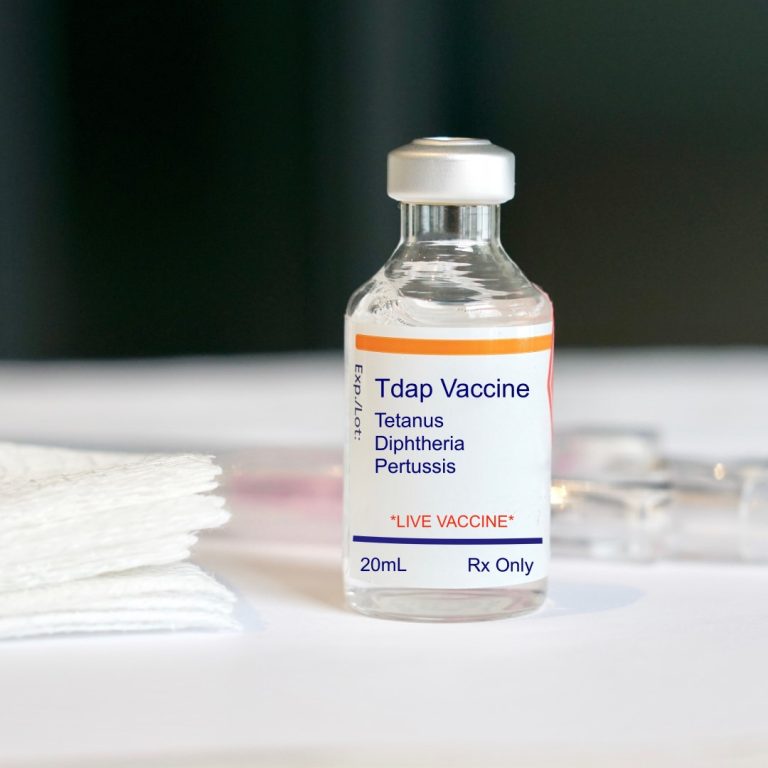
On Jan. 15. 1999, the U.S. Centers for Disease Control and Prevention’s (CDC) Advisory Committee on Immunization Practices…
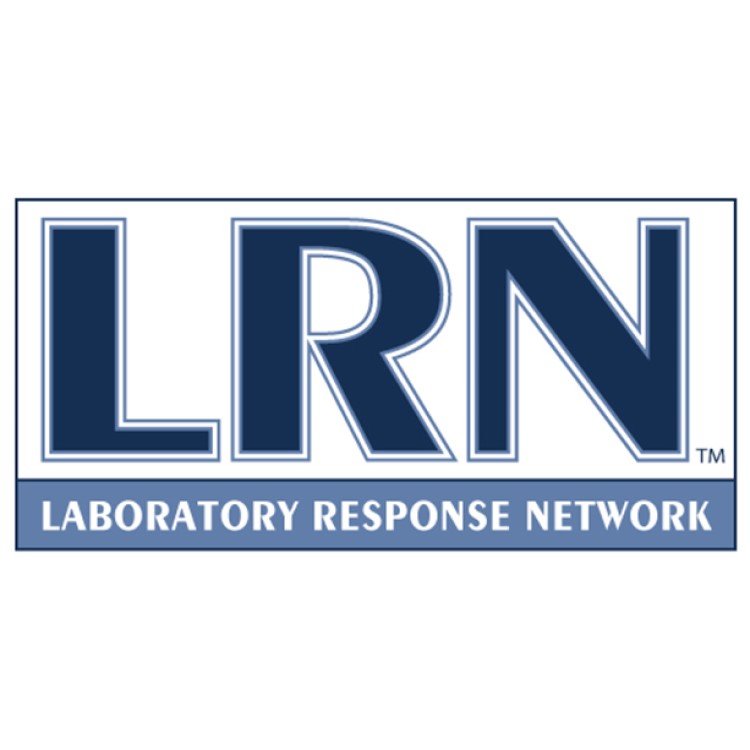
In 1999, the U.S. Centers for Disease Control and Prevention (CDC) established the Laboratory Response Network (LRN). The…
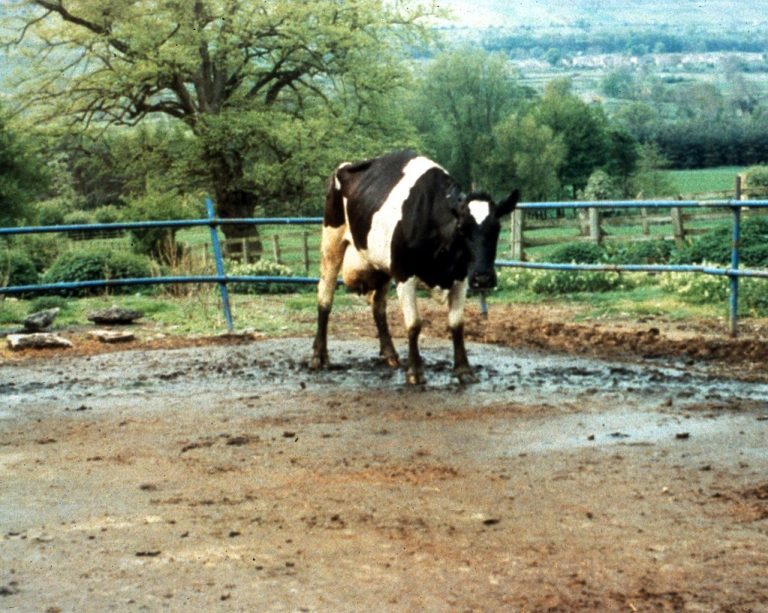
In 1999, a diagnostic test allowed quick identification of Bovine Spongicorm Encephalopathy (BSE, also known as ‘mad cow’…
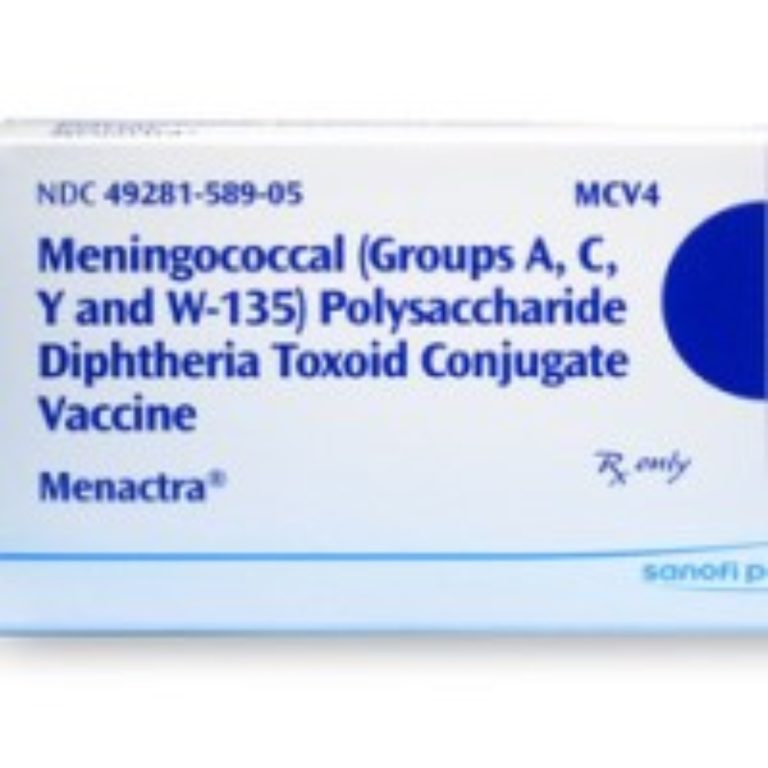
In 1999, a meningococcal group C conjugate vaccine was introduced into the routine schedule in the U.K. for…
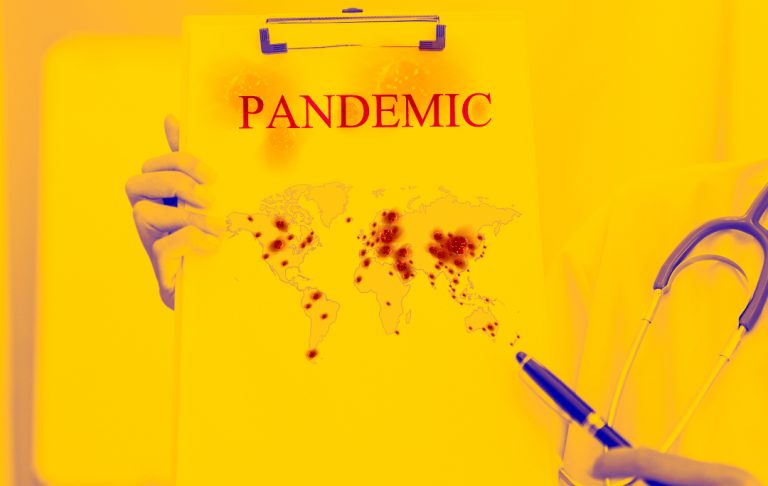
In 1999, the U.S. Centers for Disease Control and Prevention (CDC) launched the National Pharmaceutical Stockpile, now the…
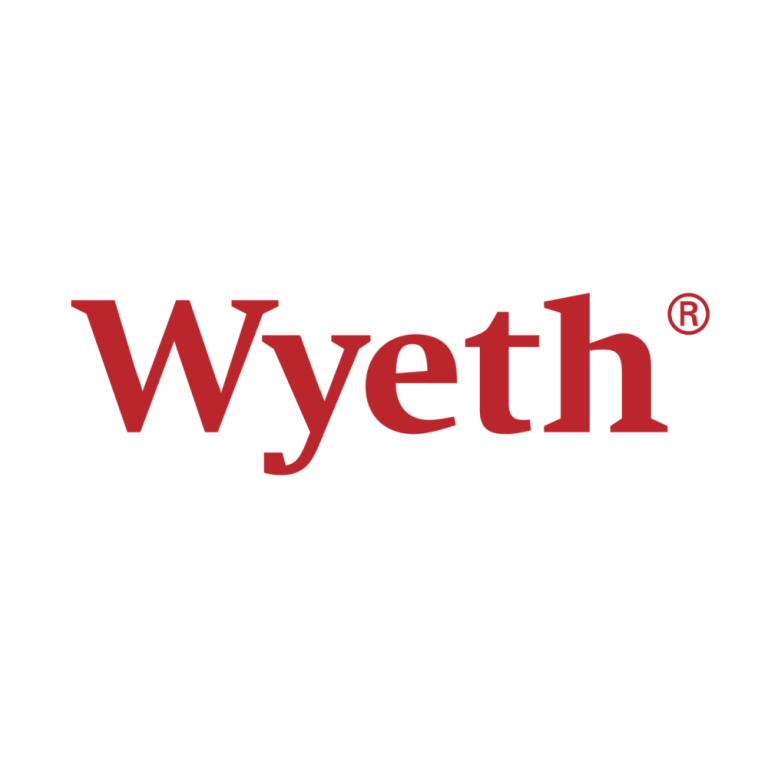
On Aug. 31, 1998, Rotashield (Wyeth Laboratories, Marietta, Pennsylvania) was licensed by the U.S. Food and Drug Administration…
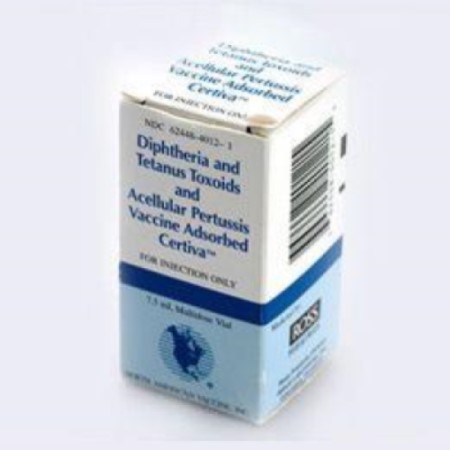
On Jul. 29, 1998, the diphtheria and tetanus toxoids and acellular pertussis vaccine adsorbed (Certiva by North American…
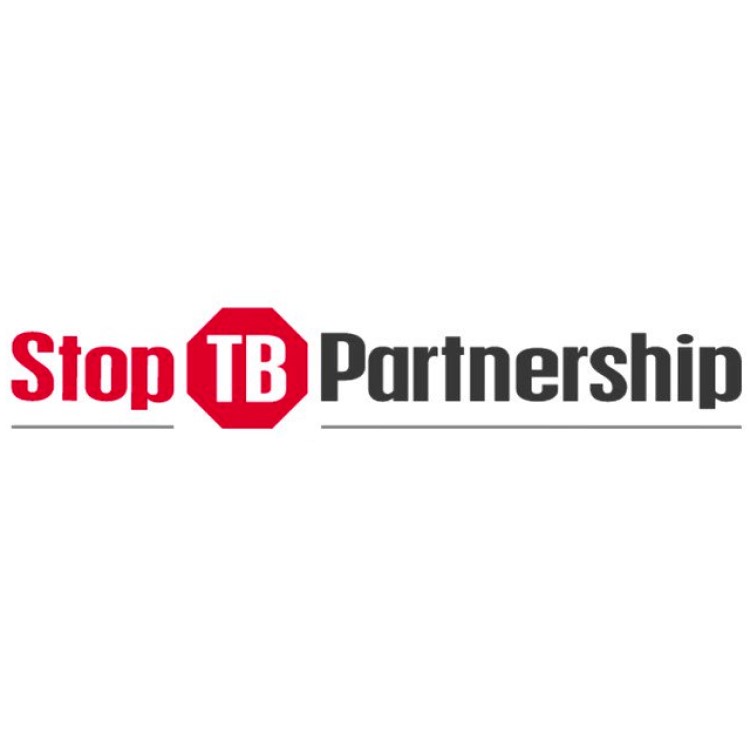
In March 1998, the Stop TB Initiative was established following a meeting of the First Ad hoc Committee…

In 1998, University of Calgary’s Dr. Patrick Lee revealed that reovirus injected in mice shrank tumours from brain…
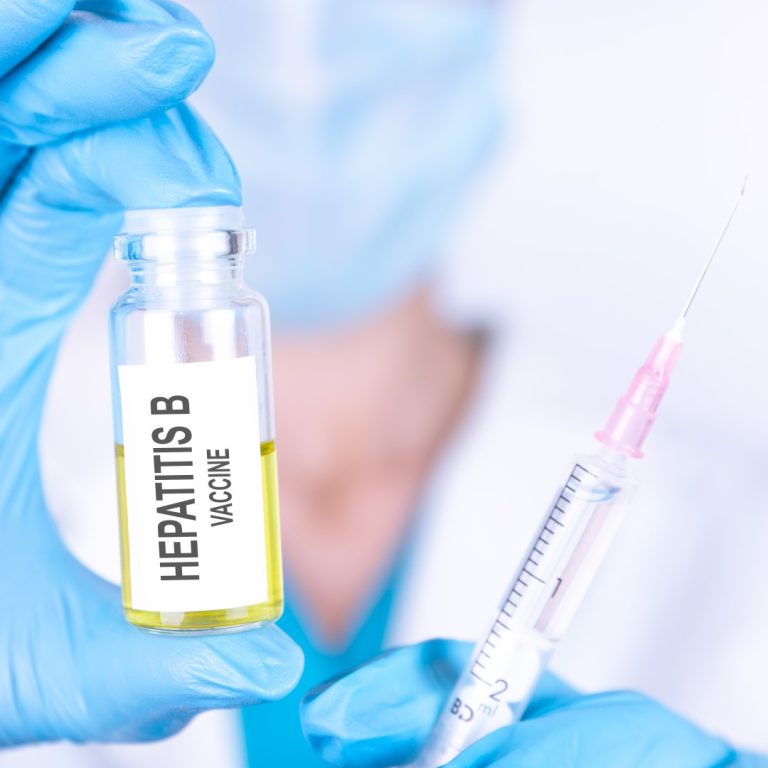
In 1998, some research caused concern that hepatitis B vaccination might be linked with multiple sclerosis (MS), a…
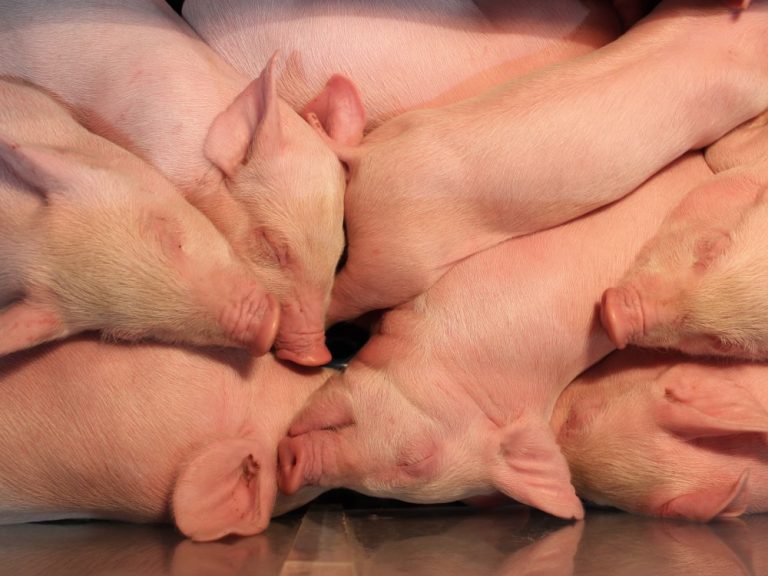
In 1998, the U.S. Department of Agriculture (USDA) began surveillance of swine for influenza virus in the U.S….
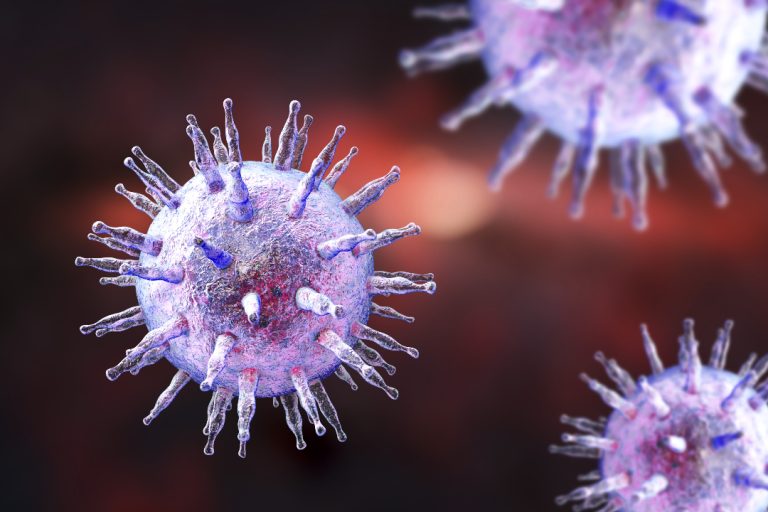
On Dec. 15, 1997, scientists from the Oklahoma Medical Research Foundation (OMRF) announced that Systemic Lupus Erythematosus (lupus)…
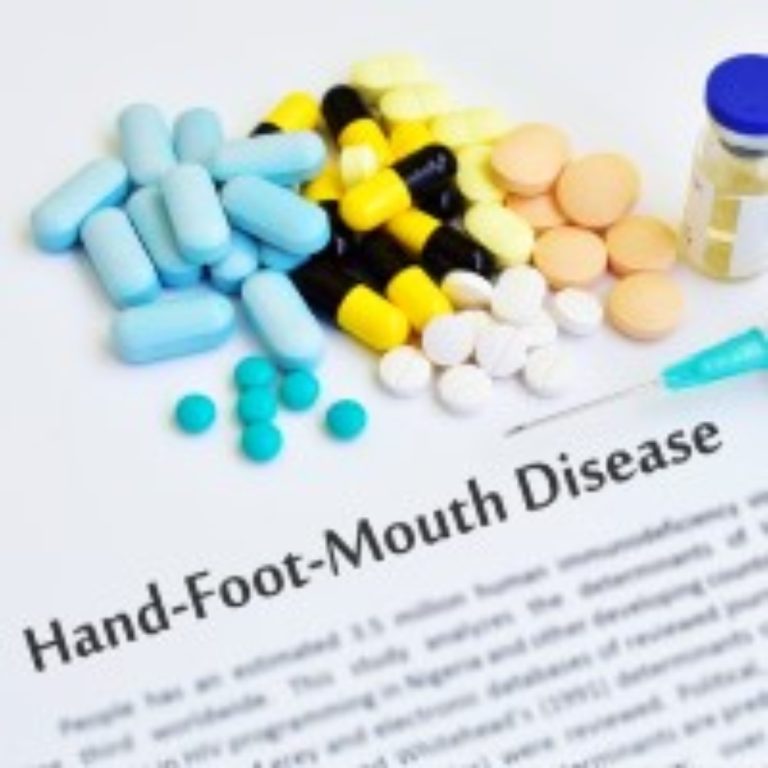
In 1997, the first Enterovirus 71 (EV71) epidemic was reported in Malaysia. EV71 is an important emerging pathogen…
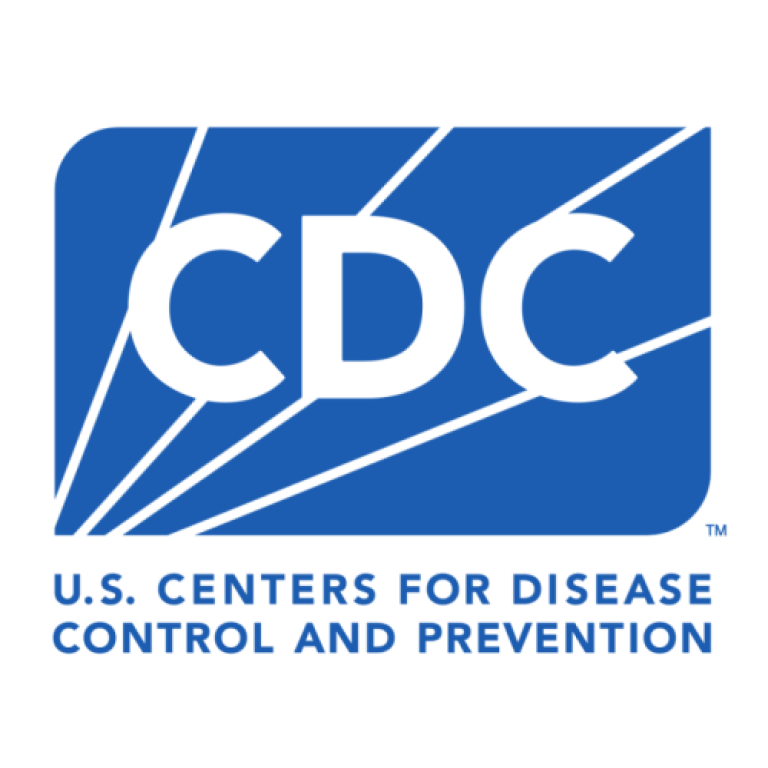
In 1997, the Immunization Practices Advisory Committee (ACIP) recommended adoption of a sequential series of two doses of…
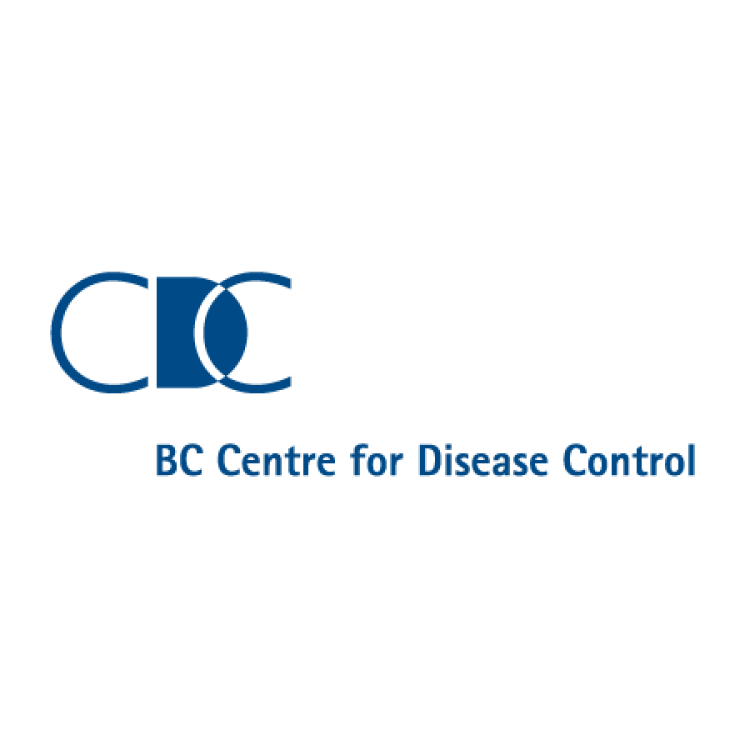
In 1997, the Univerity of British Columbia (UBC) approved an agreement with the BC Centre for Disease Control…
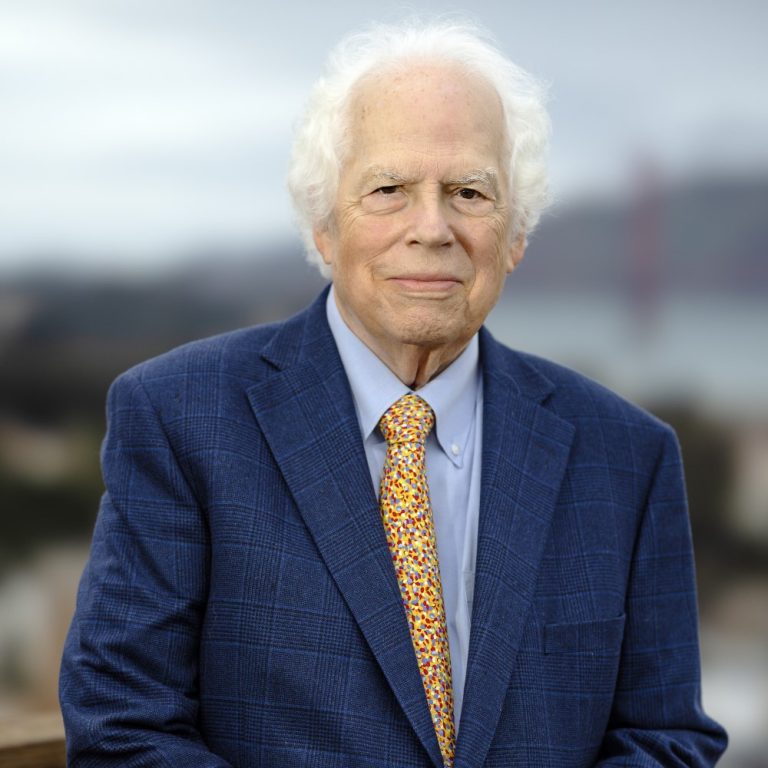
In 1997, Stanley B. Prusiner (University of Pennsylvania, A.B. 1964, M.D. 1968) was awarded the 1997 Nobel Prize…

On Dec. 30, 1996, the Food and Drug Administration (FDA) announced it had licensed three DTaP vaccines for…

On Oct. 2, 1996, the Food and Drug Administration (FDA) licensed a combined Hib conjugate and hepatitis B…
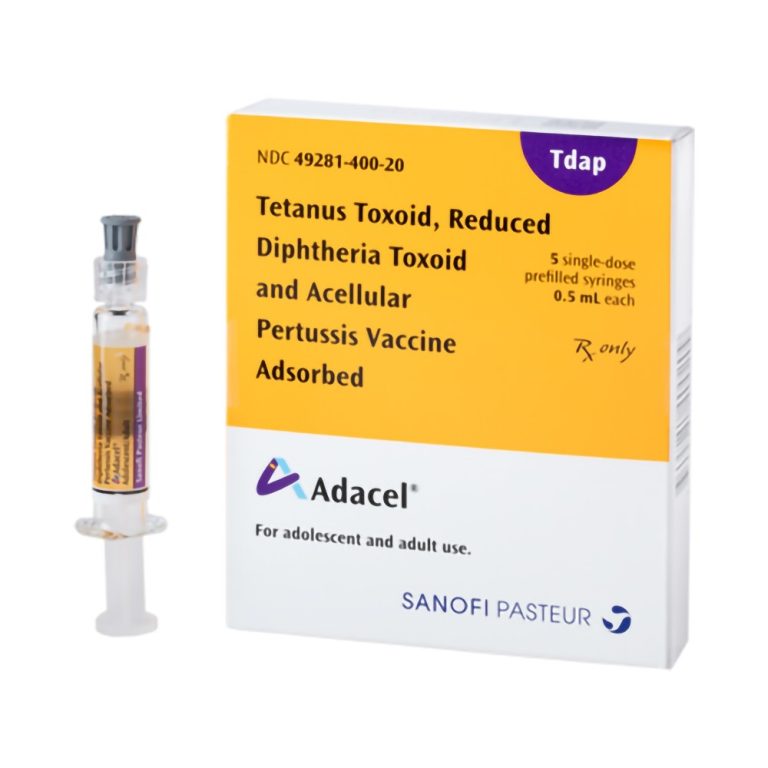
On Jul. 31, 1996, the diphtheria and tetanus toxoids and acellular pertussis vaccine adsorbed (Tripedia by Aventis Pasteur)…
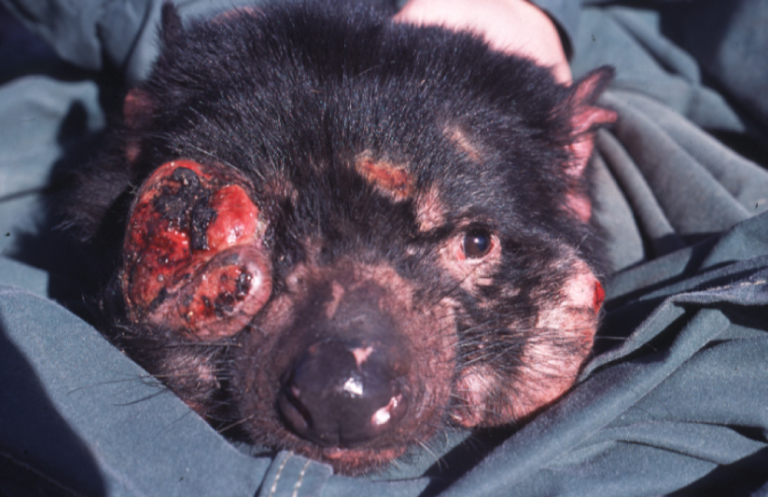
In 1996, the first official case of devil tumor facial disease was reported. Devil Facial Tumour Disease (DFTD)…
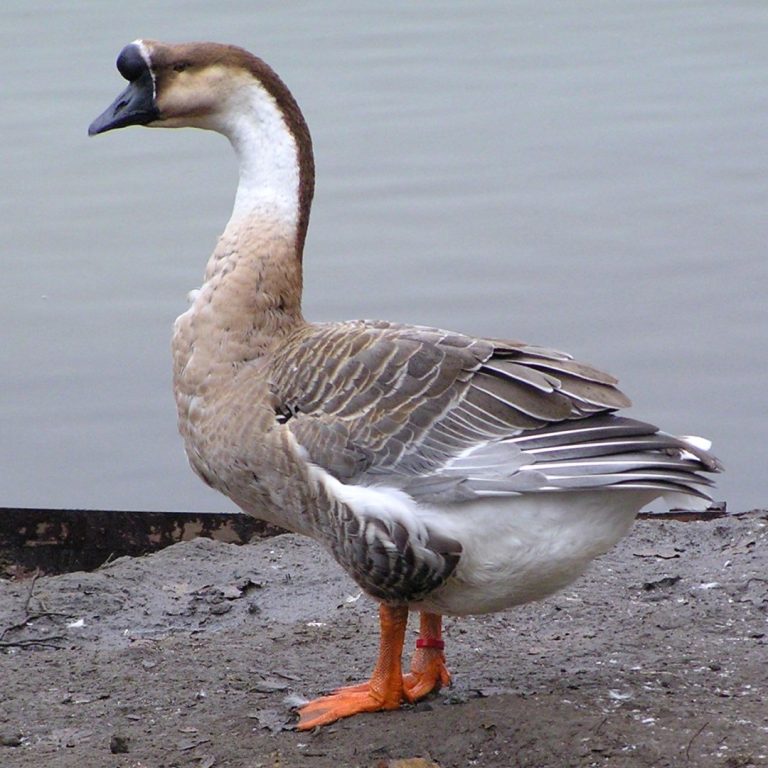
In 1996, A/goose/Guangdong/1/1996 (H5N1), the precursor of the highly pathogenic H5N1 avian influenza viruses (HPAIVs) was identified in…
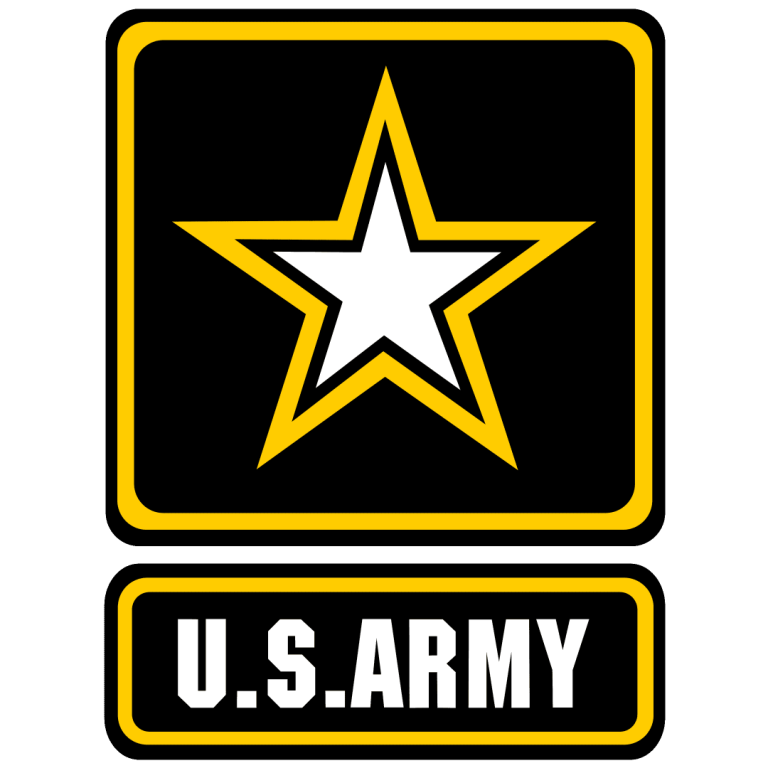
In 1996, Livermore National Lab delivered to the U.S. Army for testing the first fully portable, battery-powered, real-time…

In 1996, the U.S. Centers for Disease Control and Prevention (CDC) launched PulseNet, a national network of laboratories,…
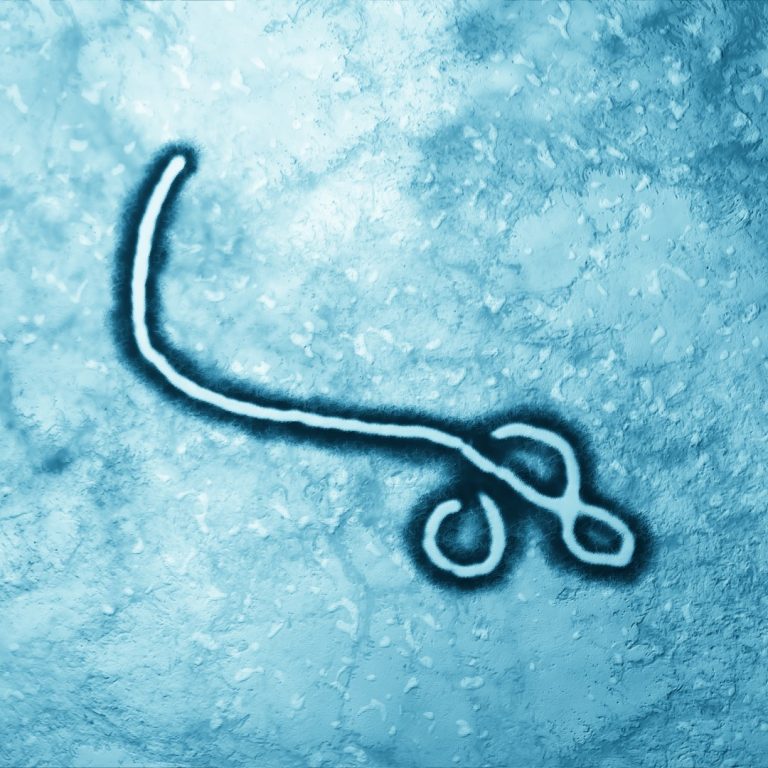
On May 6, 1995, the U.S. Centers for Disease Control and Prevention (CDC) investigated an deadly outbreak of…